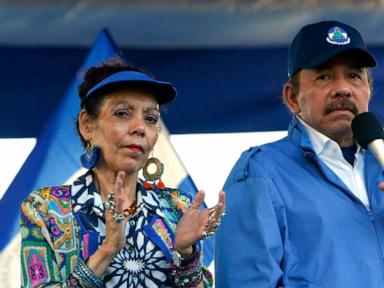ARTICLE AD BOX

- In a Tuesday press conference, government leaders announced plans to create a bicameral committee focused on establishing a regulatory framework for crypto, including stablecoin regulations.
- David Sacks stated that the golden age of crypto has begun, and with a synergistic approach to regulation, the U.S. will become the true land of opportunity.
The Trump administration has taken a decisive step toward reshaping cryptocurrency regulation, signaling a pro-innovation stance that many in the industry have been demanding. In a press conference on Tuesday at Capitol Hill, key government figures, including U.S. Senators Tim Scott and John Boozman, along with David Sacks the AI and crypto czar outlined plans to establish a more structured regulatory framework for digital assets.
One of the major announcements was the formation of a bicameral working group that will bring together the Senate Banking Committee, the House Agriculture Committee, and other congress bodies to push forward crypto regulations, with a special focus on stablecoins.
A Synergistic Approach to Regulation
David Sacks emphasized that under President Donald Trump’s leadership, the administration is committed to ensuring the growth and usability of blockchain assets across all sectors of the economy.
Sacks further noted that the administration has established a working group dedicated to digital assets, which will collaborate with the Securities and Exchange Commission’s (SEC) newly formed crypto task force, led by Mark Uyeda, the Acting Chair of the SEC. This task force now has a dedicated website, and Uyeda has appointed Hester Peirce, a pro-crypto commissioner, to head the initiative.
The task force will begin by identifying which crypto assets are considered securities and will then implement temporary relief measures for token issuers, allowing them to update disclosures without immediate legal repercussions. They are also reviewing registered token offerings and may revise regulations, such as Regulation A and crowdfunding rules, to better support fundraising for crypto startups.
As the demand for spot crypto ETF products increases, the role of the US SEC’s crypto task force is becoming more defined. Sacks highlighted the importance of clear and supportive regulations, stating that innovation must not be stifled by uncertainty.
Crypto founders contend that this regulatory uncertainty has impeded the industry’s advancement, resulting in contentious legal disputes, such as those involving Ripple (XRP) and the SEC, as well as Binance, rather than fostering constructive policymaking. Sacks pointed out that the collapse of FTX, the largest fraud in crypto history, happened offshore in the Bahamas, a consequence, he argued, of unclear and restrictive regulations in the U.S.
One of the more intriguing points raised was the potential for a U.S. Bitcoin reserve. Crypto Czar David Sacks revealed that discussions are underway, though the final decision depends on the composition of the Presidential Working Group on Financial Markets, which has yet to be fully announced.
Senator Bill Hagerty has played a crucial role in pushing crypto-friendly legislation, particularly with his bill aimed at bringing stablecoins such as Tether (USDT) and USD Coin (USDC) under Federal Reserve oversight. In a statement on February 4, Hagerty emphasized that the proposed bill would create a “safe and pro-growth regulatory framework” to help position the U.S. as the “world capital of crypto”, aligning with President Trump’s vision for the industry.
Despite this bullish news, Bitcoin (BTC) remains priced beneath the $100,000 mark, currently trading at $97,800. During the last 24 hours, its market capitalization has dropped to $1.93 trillion. However, if Bitcoin manages to break above $108,000, it could initiate a new upward trend, with potential price targets extending beyond $110,000.
.png)
 3 hours ago
4
3 hours ago
4








 English (US)
English (US)